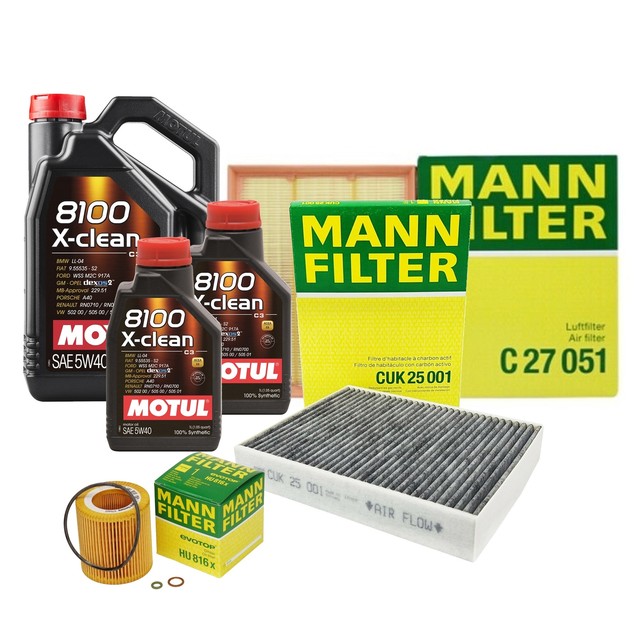

All of which are naturally occurring elements in fluids refined from crude oil such as engine oil and diesel fuel. SAPS stands for Sulphated Ash, Phosphorus, Sulphur. What defines these categories relates to SAPS and HTHS.

The range is broken up by 6 categories, 3 categories are for fuel economy, with the remaining 3 categories covering engine protection. The 8100 range has a comprehensive list of OEM approval oils to suit the modern European vehicles meeting strict Euro 4, Euro 5 and Euro 6 emissions standards. IMPORTANT –There is an exciting new product range release for 2015 that all users of E85 need to know about.

To find out more about the Motul 300V range, visit the Motul website HERE. Neglecting to drain at suitable intervals will cause irreparable engine damage. *Warning – Drain intervals for race fuels, including Ethanol, Methanol and Alcohol fuel types are subject to fuel dilution and water absorption. Ethanol (E85, E100), Methanol and Alcohol Diesel (Standard, Ultra Low Sulphur, Bio-) Petrol (Leaded, Race Leaded, ULP, and PULP, Race Unleaded) 300V can be used in either spark ignition or compression ignition vehicles which is to say: The 300V range can be used from the highest level of motorsport down to the everyday level of performance cars. The 300V range is accompanied by competition gear oils, brake fluids and cooling fluids to ensure the highest level of protection and endurance in the most extreme conditions. Each viscosity is referenced against different engines in different racing categories. Suitably named after exceeding 300 victories achieved with this formulation incorporating Motul’s proprietary Ester technology. Motul has built its reputation on the motorsports range of oil called 300V. MOTUL 300V Range – 100% synthetic ESTER Core


 0 kommentar(er)
0 kommentar(er)
